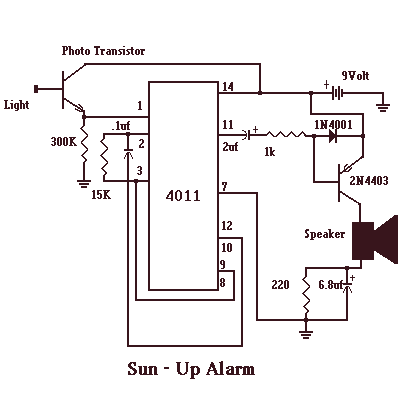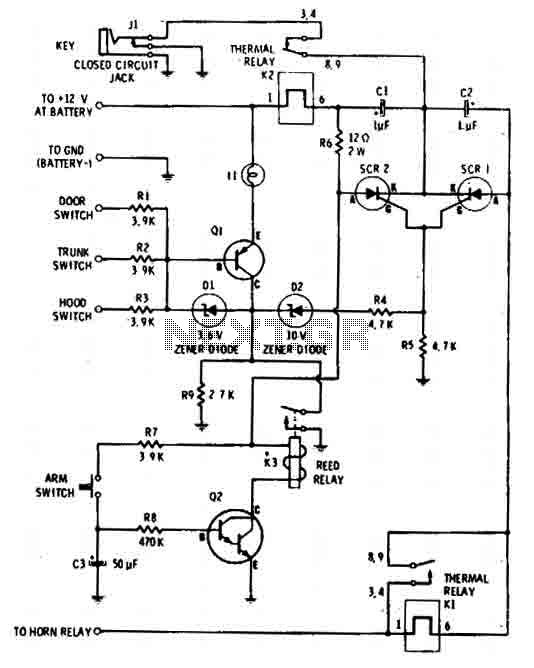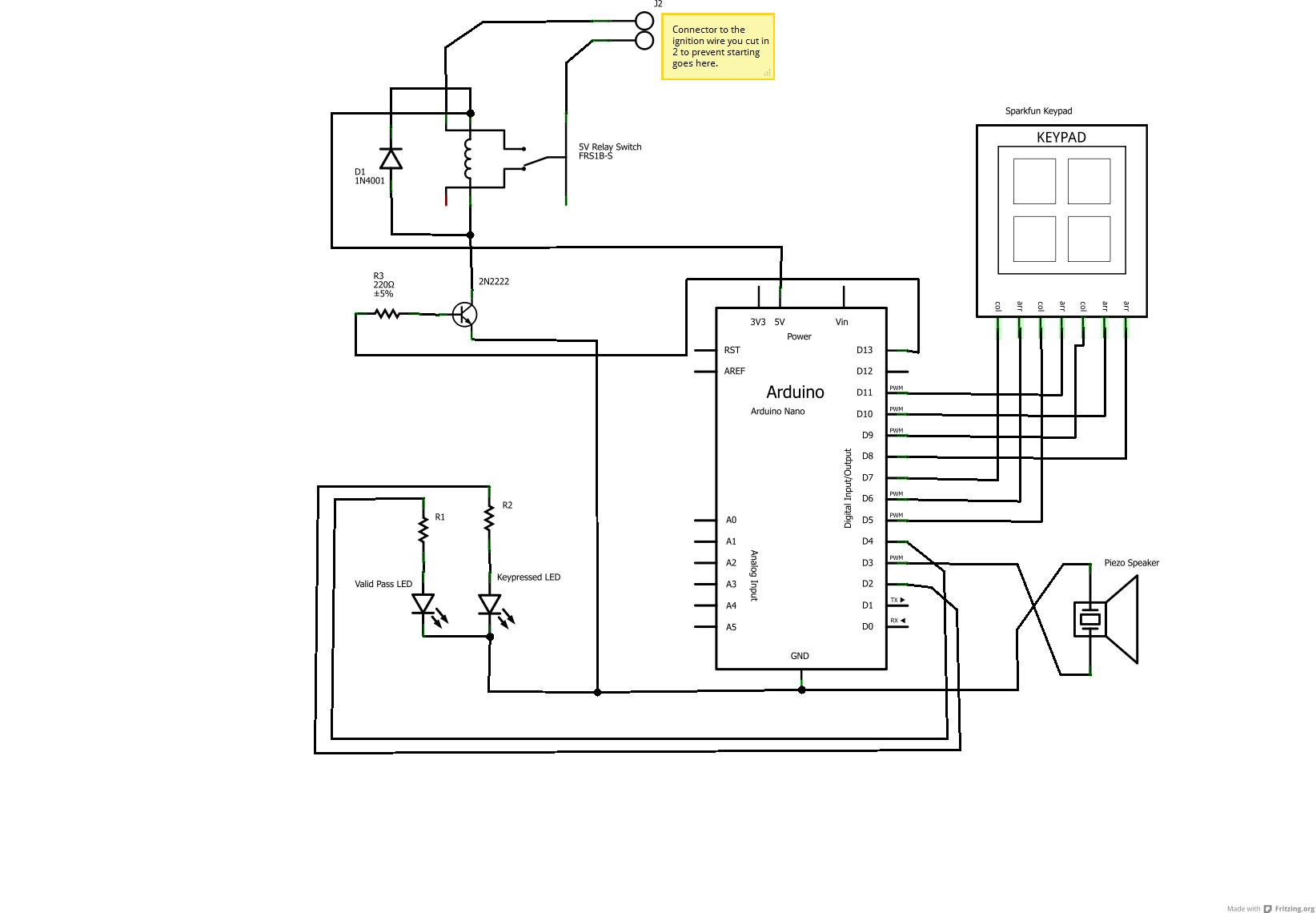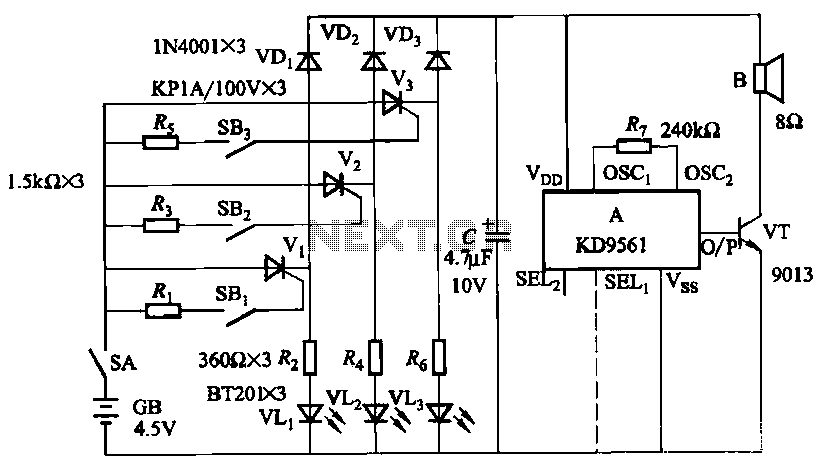
The motorcycle anti-theft alarm (4)
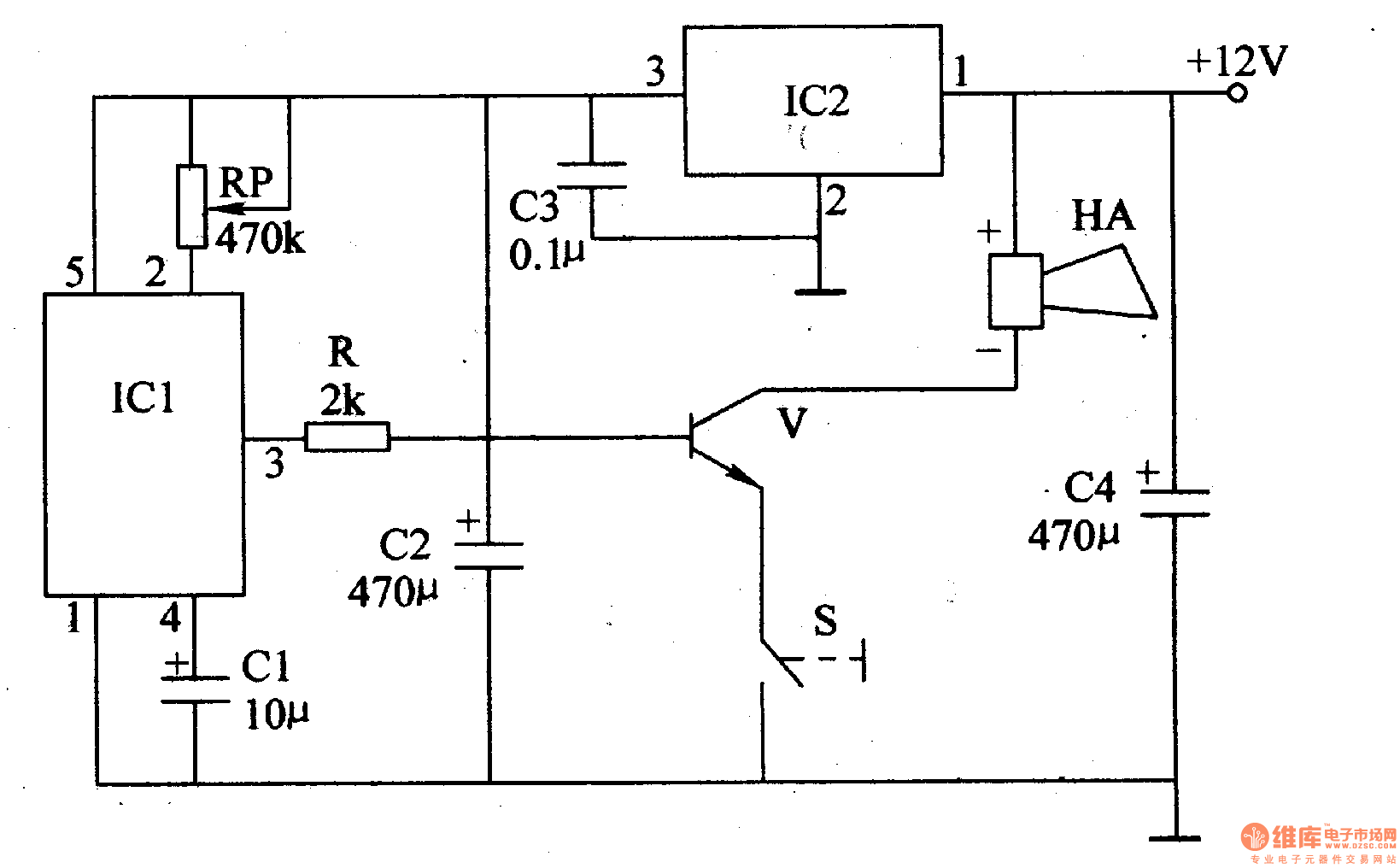
The motorcycle anti-theft alarm described in this article utilizes a proprietary displacement sensor. It is characterized by high sensitivity, good reliability, a low false alarm rate, and ease of construction. The principle of the circuit involves an integrated vibration displacement sensor.
The motorcycle anti-theft alarm circuit is designed to provide enhanced security for motorcycles by detecting unauthorized movements. The core component of this alarm system is an integrated vibration displacement sensor, which is sensitive to any vibrations or displacements that occur when the motorcycle is tampered with. This sensor is typically composed of a mass-spring system that reacts to movement, generating a signal that triggers the alarm.
When the sensor detects vibrations beyond a predefined threshold, it activates the alarm. The circuit includes a microcontroller or a simple comparator circuit that processes the output from the sensor. This processing unit can be programmed to differentiate between normal vibrations, such as those caused by wind or passing vehicles, and suspicious activity that may indicate theft attempts.
The alarm system can be designed to emit a loud sound, flash lights, or send notifications to the owner's mobile device, depending on the complexity of the circuit. Power supply considerations are critical; the circuit may operate on a 12V battery, which is typical for motorcycles, ensuring that it remains functional even when the vehicle is parked.
To minimize false alarms, the circuit can incorporate adjustable sensitivity settings, allowing the user to customize the response to vibrations based on their specific environment. Additionally, the alarm system can include features such as a delay timer, which prevents the alarm from triggering immediately upon minor disturbances, thus enhancing user experience.
Overall, this motorcycle anti-theft alarm circuit combines high sensitivity and reliability, making it an effective deterrent against theft while being relatively straightforward to assemble.The motorcycle anti-theft alarm is introduced in this article, it uses the private displacement sensor and has the features of high sensitivity, good reliability, low false alarm rate and easy to make. The principle of the circuit This motorcycle anti-theft alarm circuit is composed of the integrated vibration displacement sensor (it is composed of the sol..
🔗 External reference
The motorcycle anti-theft alarm circuit is designed to provide enhanced security for motorcycles by detecting unauthorized movements. The core component of this alarm system is an integrated vibration displacement sensor, which is sensitive to any vibrations or displacements that occur when the motorcycle is tampered with. This sensor is typically composed of a mass-spring system that reacts to movement, generating a signal that triggers the alarm.
When the sensor detects vibrations beyond a predefined threshold, it activates the alarm. The circuit includes a microcontroller or a simple comparator circuit that processes the output from the sensor. This processing unit can be programmed to differentiate between normal vibrations, such as those caused by wind or passing vehicles, and suspicious activity that may indicate theft attempts.
The alarm system can be designed to emit a loud sound, flash lights, or send notifications to the owner's mobile device, depending on the complexity of the circuit. Power supply considerations are critical; the circuit may operate on a 12V battery, which is typical for motorcycles, ensuring that it remains functional even when the vehicle is parked.
To minimize false alarms, the circuit can incorporate adjustable sensitivity settings, allowing the user to customize the response to vibrations based on their specific environment. Additionally, the alarm system can include features such as a delay timer, which prevents the alarm from triggering immediately upon minor disturbances, thus enhancing user experience.
Overall, this motorcycle anti-theft alarm circuit combines high sensitivity and reliability, making it an effective deterrent against theft while being relatively straightforward to assemble.The motorcycle anti-theft alarm is introduced in this article, it uses the private displacement sensor and has the features of high sensitivity, good reliability, low false alarm rate and easy to make. The principle of the circuit This motorcycle anti-theft alarm circuit is composed of the integrated vibration displacement sensor (it is composed of the sol..
🔗 External reference

